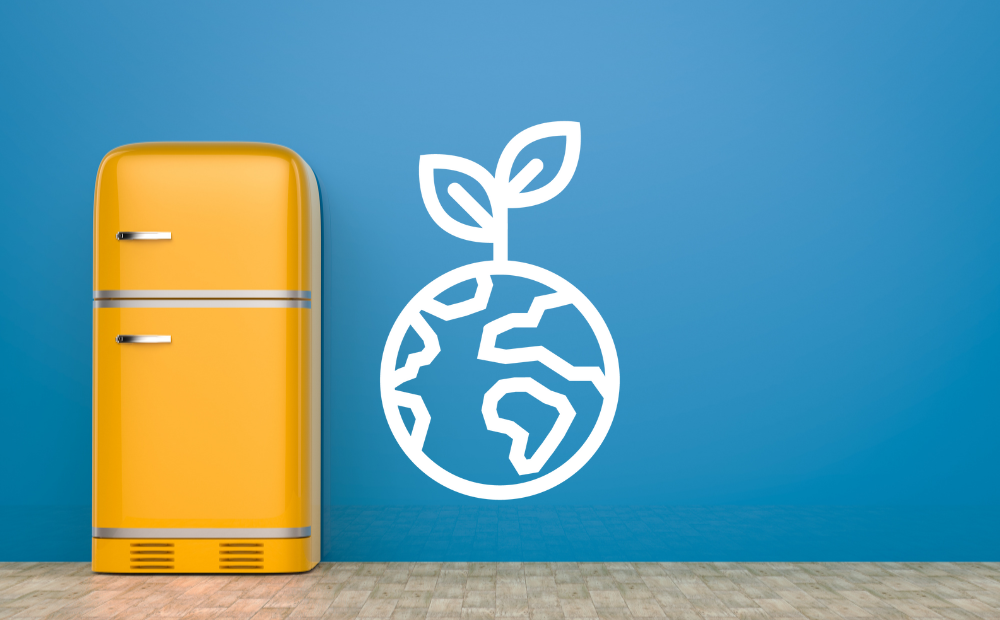Ecodesign is here, are you ready?

Ecodesign is about product design, and the aim is to minimise environmental impacts and to continue doing so throughout a product’s life cycle. The objective of ecodesign is the same as in all activities aimed at protecting the environment, but the relevant principles are taken into account as early as in the manufacturing and design stage:
“You could consider the idea from the perspective of healthcare. It might help to understand the concept of ecodesign if you think about the difference between treating and preventing diseases. We try to prevent and minimise them before they happen,” says Kiertovoima’s lawyer Matias Penttilä, who is working on a doctoral dissertation on ecodesign and also has in-depth knowledge of the ecodesign legislation.
“The scope of the Ecodesign Directive, which focuses mainly on the energy efficiency of certain products, such as refrigerators, is being expanded enormously. This applies both to the requirements and to the product groups that it covers. The result will be a regulation, which means that its binding force will reach the next level. The proposal was published late last year. Less materials will have to be used in the future, and products must be designed to be recycled,” Penttilä explains.

Less materials will have to be used in the future, and products must be designed to be recycled, believes Matias Penttilä.
It remains to be seen how product manufacturers can be made to conform to the decree’s objectives effectively. Penttilä says that promoting ecodesign is challenging, but ultimately it will be obligatory:
“In terms of legislation and law-making, it is not easy to draw up legislation that is sufficiently binding and compelling but that does not prevent or slow down innovation. Ecodesign regulation must be in place. The free market has not promoted ecodesign sufficiently, which has become clear over time. It’s interesting that people often talk about the free market yet all markets are subject to a lot of regulations and legislative provisions. Product design has never been “free” as such, as it has been restricted by product safety requirements, for example. New provisions concerning ecodesign will now be introduced to the market.”
Ecodesign may mean slightly different things to different people
The new EU decree means that ecodesign will be defined at the legislative level.
Genuine ecodesign products are usually expensive – at least at the time of purchase. Consumers should, therefore, be prepared to pay for quality and sustainability, but a long-lasting, repairable and high-quality product may end up being cheaper during its life cycle than a cheap product.
For companies, ecodesign means that they should make fewer sales – at least in terms of volume. Quality products can, however, have a higher margin than mass-produced goods whose only competitive advantage is their cheap price. Cheap products are also often not really cheap as they harm the environment, but consumers and manufacturers do not see these costs since they come under external costs.
“Ecodesign plays an important part in the environmental impact of products as up to 80% of their environmental impact is determined at the design and manufacturing stage. New regulations can offer rewards to trailblazers, and genuine innovation can have a positive environmental impact while also improving a company’s opportunities, competitiveness and image,” says Penttilä.